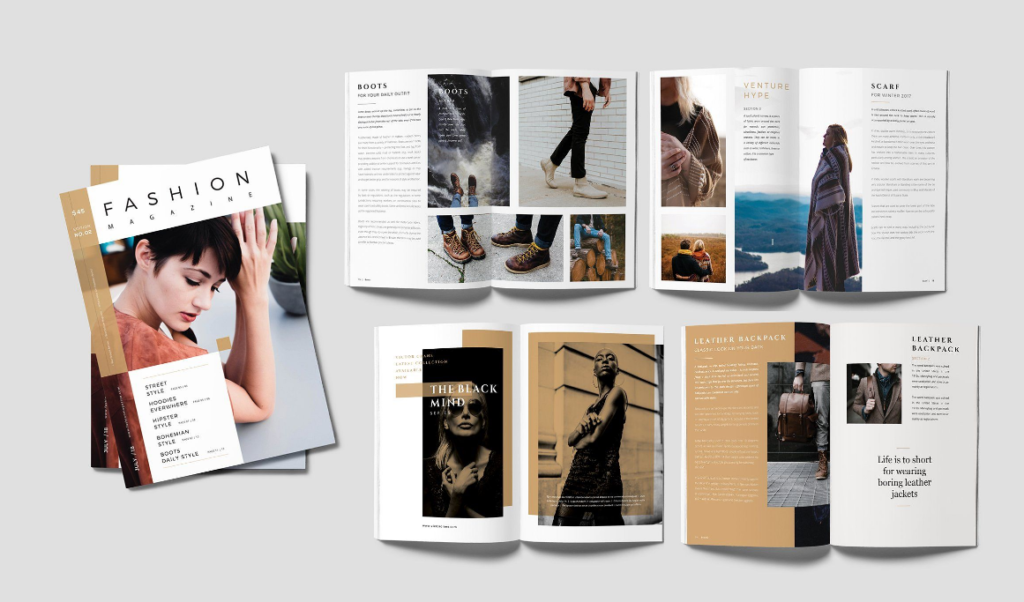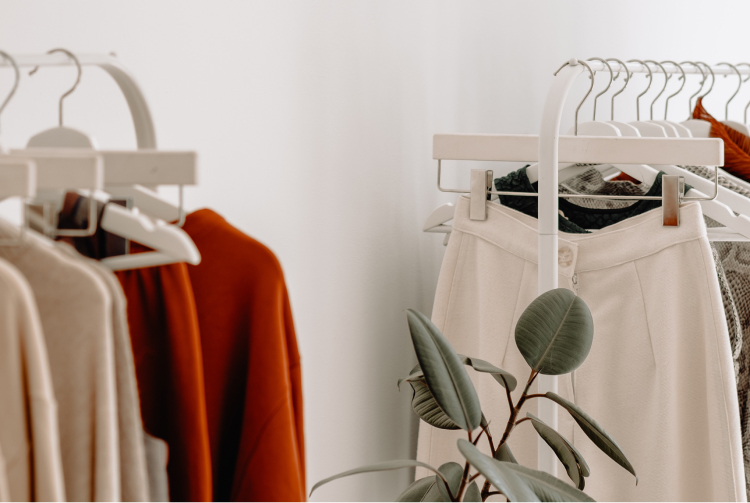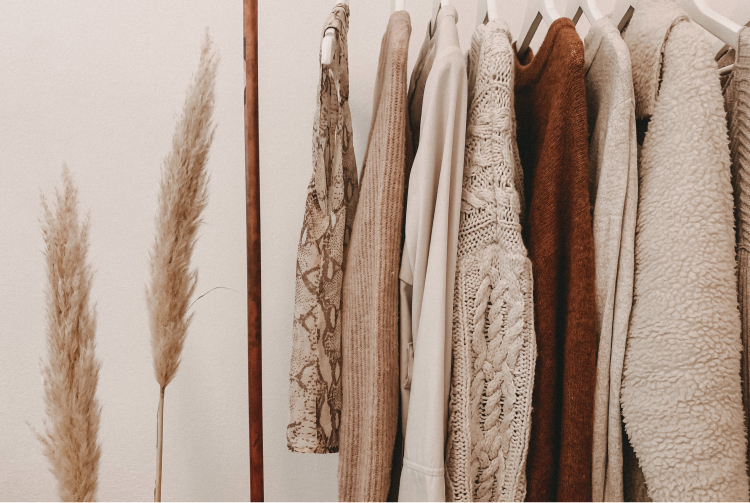Designing a fashion magazine is both an art and a science, requiring collaboration, vision, and precision. A fashion magazine design brief example acts as the cornerstone of this process, offering a structured roadmap that ensures everyone involved shares the same creative and strategic vision. Whether you’re a budding editor or an experienced designer, understanding how to create and implement a detailed design brief is essential for success.
This comprehensive guide explores the key components of a fashion magazine design brief example, why it matters, and how you can create one tailored to your project’s needs.
What Is a Fashion Magazine Design Brief?
A fashion magazine design brief is a document that outlines the goals, target audience, visual aesthetics, and content structure of the magazine. It serves as a communication tool between stakeholders—editors, designers, writers, and advertisers—ensuring a cohesive approach to the magazine’s production.
Purpose of a Design Brief
- Aligns team members on creative goals.
- Provides clarity on the project’s target audience and purpose.
- Acts as a reference point throughout the design and editing process.
- Reduces miscommunication and streamlines workflows.
Key Elements of a Fashion Magazine Design Brief Example
1. Project Overview
Start with a concise summary of the magazine’s purpose and objectives. For example:
- Is it a seasonal fashion publication?
- Does it target luxury fashion enthusiasts or fast fashion shoppers?
- Will it focus on local or global trends?
Example:
“This project involves creating a bi-annual fashion magazine highlighting sustainable fashion trends for eco-conscious millennials.”
2. Target Audience
Understanding your audience is crucial. Include demographic and psychographic details such as:
- Age range
- Gender
- Interests
- Lifestyle and spending habits
For example:
“Our audience consists of women aged 18-35 who are interested in affordable, sustainable fashion and love curated outfit ideas.”
3. Visual Style and Branding
Define the visual elements of the magazine. Specify:
- Color palette: Choose shades that reflect the brand’s identity.
- Typography: Use fonts that enhance readability and align with the theme.
- Imagery: Describe the style of photography or illustrations (e.g., bold editorial shots, minimalist layouts).
Example:
“The visual style should be minimalistic with pastel tones, sans-serif typography, and high-contrast images that emphasize texture and detail.”
4. Content Guidelines
Outline the type of content to be included, such as:
- Feature articles (e.g., interviews with fashion designers).
- Trend analyses (e.g., top runway looks of the season).
- Advertisements (e.g., collaborations with fashion brands).
- User-generated content (e.g., social media highlights).
Steps to Create a Fashion Magazine Design Brief
1. Define Your Vision
Begin by determining the core message and tone of the magazine. Is it inspiring, playful, or authoritative? Use this vision to inform the entire brief.
2. Identify Competitors
Analyze other fashion magazines to understand market trends. Highlight aspects you want to emulate or differentiate from.
3. Collaborate with Stakeholders
Gather input from the editorial team, designers, advertisers, and potential readers to ensure the brief meets diverse expectations.
4. Include Visual References
Attach mood boards, sample layouts, or a fashion magazine design brief example to illustrate your vision.
5. Detail the Production Timeline
Include deadlines for each phase, such as content creation, design drafts, revisions, and final printing.
Fashion Magazine Design Brief Example: Template
Here’s a simplified fashion magazine design brief example to guide your project:
1. Project Name:
“Ethereal Trends: Fall 2024 Edition”
2. Objective:
“To showcase eco-friendly fashion trends while promoting sustainability in the industry.”
3. Target Audience:
“Eco-conscious women aged 20-40 who value style and sustainability.”
4. Key Sections:
- Feature Article: Interview with an emerging eco-designer.
- Trend Report: Top 10 sustainable fabrics in fashion.
- Style Guide: How to create a capsule wardrobe.
5. Visual Guidelines:
- Color Palette: Forest green, beige, and muted gold.
- Fonts: Clean serif for headlines, sans-serif for body text.
- Imagery: Editorial photos with natural settings and earthy tones.
6. Timeline:
- Content Finalization: January 15, 2024
- First Design Draft: February 5, 2024
- Final Approval: February 25, 2024
- Print Date: March 1, 2024
Tips for Crafting an Effective Fashion Magazine Design Brief
- Be Specific
Avoid vague descriptions. Instead of saying “modern design,” specify what modernity means for your magazine. - Focus on the Audience
Always center the brief around the readers’ preferences and expectations. - Incorporate Feedback Loops
Build opportunities for feedback during the design and editorial phases to prevent misalignment. - Use Visual Tools
Enhance the brief with sketches, layouts, or a fashion magazine design brief example to visually communicate your ideas.
Common Mistakes to Avoid
- Overloading the Brief
Stick to essential details; excessive information can overwhelm the team. - Ignoring Practical Constraints
Consider budget, time, and resource limitations when drafting the brief. - Overlooking Digital Integration
If the magazine has an online version, address its design and user experience requirements.
FAQs on Fashion Magazine Design Briefs
1. Why is a design brief important for fashion magazines?
A design brief ensures all team members align on the magazine’s objectives, visual style, and content, minimizing errors and miscommunication.
2. Can I use a fashion magazine design brief example for other types of publications?
Yes, while the focus may vary, the structure of the brief is adaptable for other genres like lifestyle, technology, or food magazines.
3. What tools can I use to create a design brief?
You can use tools like Canva for visual layouts, Google Docs for text-based briefs, and Trello for timeline and task management.
4. How often should a design brief be updated?
Update the brief as needed, especially when introducing new themes, branding changes, or audience shifts.
Conclusion
A well-crafted fashion magazine design brief example is indispensable for any successful publication. It provides clarity, fosters collaboration, and ensures your magazine resonates with its audience. By following the steps and best practices outlined in this guide, you can create a design brief that lays the foundation for a visually stunning and engaging fashion magazine.
Welcome to our blog We encourage you to get in touch Contact us



